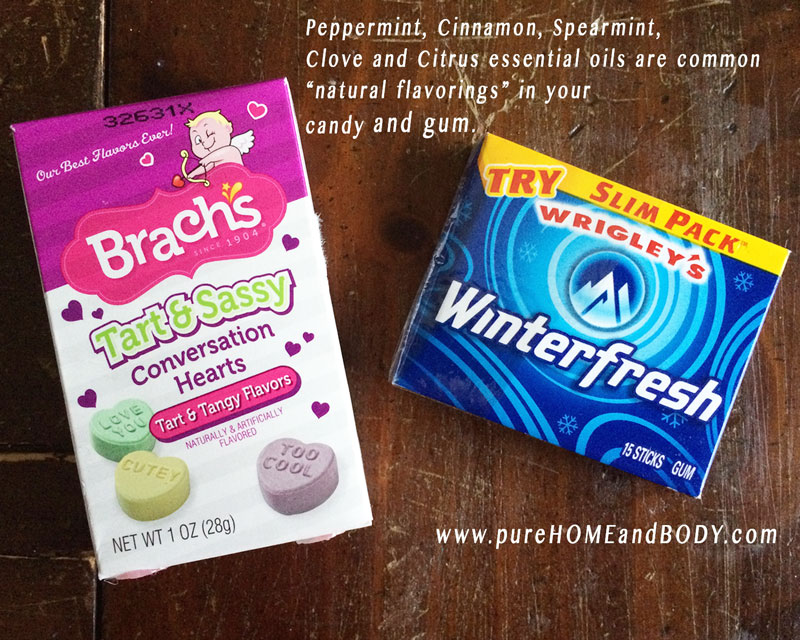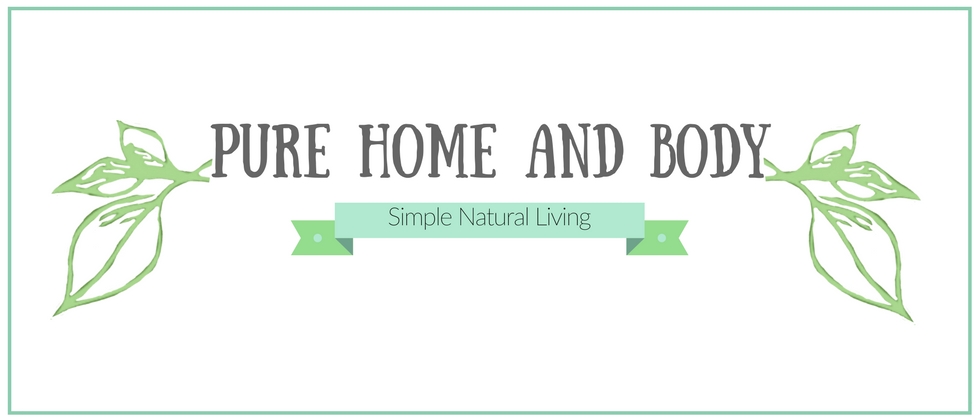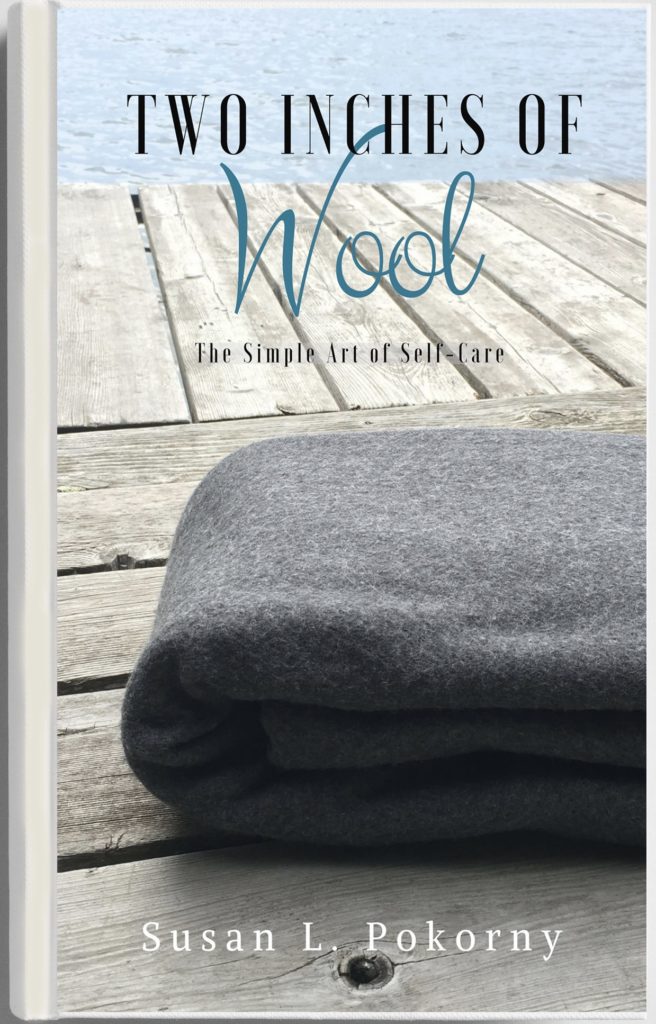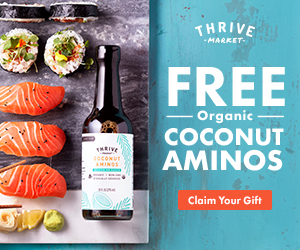There are differing schools of thought on the ingestion of essential oils. According to Jane Buckle Ph.d, RN, “The topic of oral and internal use of essential oils is controversial and confusing. Much of the confusion is to do with lack of knowledge and cultural misconceptions because the oral and internal uses of essential oils are not taught in most aromatherapy training programs in the USA or UK.” (Clinical Aromatherapy, R.J. Buckle Associates LLC). While this conversation continues on the internet through many blogs and websites, the reality is that essential oils are a huge part of our consumer lives, even though we might not realize it. The field of Aromatherapy is growing exponentially with the help of some MLM companies, as well as many blogs and healthy living schools who see the benefit of these powerful substances. Do you know what essential oils are? If you are unsure about whether it is safe or not to use essential oils internally, read on.
Research is growing in the understanding of essential oils and their affects on human physiology. We know that the skin is the body’s largest organ and substances are absorbed through the skin where they begin to move throughout the body. There is currently no organization committed to studying the gastrointestinal versus topical absorption of essential oils, so we only have individual research studies to refer to. Peppermint essential oil is probably one of the most commonly used and studied essential oils. Lawrence Rosen,MD author of Treatment Alternatives for Children recommends that when “Peppermint oil is diluted with water and sipped, it soothes an upset stomach associated with indigestion or gas.” In one study, 79-83% of participants given a peppermint enteric coated capsule for 4 weeks experienced elimination of symptoms (abdominal pain, abdominal distension, stool frequency, flatulence and borborygmi versus 22-43% of participants in a placebo group). The study also found no significant changes in liver function test results. Some studies even look at essential oils as potential for liver protecting qualities like Achillea wilhelmsii essential oil. The biggest obstacle for the medical community is understanding the interaction of essential oils with pharmaceutical drugs, although there is also still many unknowns about drug interaction within the pharmaceutical community. Researchers are looking at how essential oils perform in studies alongside some pharmaceuticals, but more and more the studies are using isolated molecules of an essential oil (limonene, for example) rather than a whole essential oil (like a drop of lemon essential oil) which behaves very differently than an isolated component.
Not surprisingly, essential oils have been used by manufacturers in many of our consumer products for decades. You are most likely ingesting essential oils without even knowing it. If you are uncertain of the safety of ingesting essential oils, you might want to look at the avoiding these products as well. Most likely the oils used in these products are not produced for their “therapeutic quality” but rather for flavoring. The original Pepto Bismol formula included oil of wintergreen, it is now replaced with “flavour” ingredients. Food flavoring manufacturers actually remove some components of essential oils (like the menthol from peppermint essential oil) to make them more suitable for food and consumer products, as well as to save money. Once these plant oils are engineered, they lose their therapeutic uses. Food flavoring manufacturers are not necessarily concerned with using organic plant material, so when you use an essential oil from an unknown source, it may contain traces of concentrated molds, pesticides and herbicides that were used on the grown plant material. It also might be prudent to consider the multitude of chemicals already in our food supply that are most likely more harmful than real plant essences and begin with eliminating those as well. If you are going to use essential oils for food flavorings, make sure they are certified as food supplements (no, peppermint extract is not an essential oil!) and from a reputable source, like where I get my oils from. Here are products already sold to consumers with essential oils. Read your labels and learn the difference between “essential oils”, food flavorings & engineered ingredients.
Sources of Essential Oils in Foods
Candy flavorings are popular and while many are not made with “therapeutic grade essential oils”, common natural and artificial flavorings like lemon, peppermint, anise (licorice), orange, grapefruit, cinnamon and clove may be derived from essential oils. One website selling essential oils for candy & chocolate making describes the many uses:
“Many essential oils are suitable for use as a flavoring and are safe for human consumption. Used sparingly, these powerful, all natural oils can add intense flavor and aroma to candies, chocolates, frostings, baked goods, soups and marinades.
Essential oils are the highly concentrated, volatile, aromatic essences of plants. These natural plant oils are appreciated for both their aromatic and flavoring qualities. Many essential oils such as peppermint, lemon and orange are commonly used to flavor desserts, candies and chocolates. Other, more savory oils, such as thyme and marjoram are better suited for flavoring rich foods such as stews and sauces. Lavender and bergamot oils have become popular in chocolate crafting especially.”
Gum ingredients often include essential oils like peppermint, spearmint, wintergreen, cinnamon, orange, tangerine and lemon oils which may be used in addition to artificial flavors to get more processed flavors like watermelon, fruit punch and minty combinations. An original bubblegum recipe from 50 years ago actually included essential oils of wintergreen, clove and cinnamon plus some fruity blends which are now often substituted for synthetic ingredients. Natural gums like Peelu and Glee gum still contain real, quality flavorings from essential oils.
Liquor with exotic flavors may be infused with essential oils. Vodka is one of the most flavored spirits with common combinations of citrus, orange and mandarin as well as more complex blends including basil, coriander chamomile, lemongrass and lemon verbena. Wines can be flavored with essential oils before or after the aging process, and there are even wines made from fruits, the essential oils from citrus rinds discouraging the growth of harmful bacteria.
Orange juice that is packaged and processed most likely contains essential oils of orange (varying species) in addition to other “natural flavors” to give each brand a consistent “orange flavoring”. Manufacturers do not have to list these ingredients because they are a by-product of oranges and don’t have to be listed separately. Each company has developed it’s own “flavor packs” to give it’s orange juice a unique flavor. It’s the reason that Tropicana orange juice tastes different than Florida’s Natural or Minute Maid, and each company’s product always tastes the same. You can read more about this at Food Renegade .
Mouthwash is typically not ingested, but it is rinsed in the mouth where it is absorbed by the mucous membranes and filters throughout the body. Listerine was the first mouthwash created with pure essential oils, but later replaced with essential oil isolates like thymol, eucalyptol, menthol and methyl silicate. These synthetic or engineered ingredients have replaced the original recipe including Thyme essential oil, Eucalyptus essential oil, Peppermint essential oil, and Wintergreen essential oil. There are some mouthwashes that still list plant oils in their ingredients like Cepacol.
Teas naturally have small amounts of essential oils just because they are dried plant materials. The amounts of essential oils in teas is minor compared to essential oils. Manufacturers realize that they can boost the flavor of teas by adding essential oils to the tea leaves. For example, it takes about 28 cups of peppermint tea to equal 1 drop of peppermint essential oil, so a company could give their teas a fuller flavor by adding a small amount of essential oil to their batches in coordinating or accenting flavors to give more depth of flavor.
Lip balms & lip glosses are technically not food, but most likely you are ingesting bits of it simply by wearing it around the mouth. Flavoring oils are often designed for products just like this in flavors like bubblegum, cotton candy and chocolate mint. One flavoring company advertises their product :
Our line of Flavor Oils are formulated specifically for lip balms and lip glosses. The flavor Oils are manufactured using a combination of both high quality Natural and Artificial ingredients. The natural ingredient base allows our flavors to enhance products with wonderful taste as it would be found naturally, without the synthetic or chemical aftertaste. However, by utilizing quality synthetic components our wholesale prices are very competitive.
These are just a few of the sources that essential oils are used in consumer products, are you surprised? Essential oils in their truest form are plant material, unfortunately left to man to “improve” what God created, the essential oil industry has become flooded with companies that dilute, alter and fill essential oil products with synthetics and still call them pure. There are also hundreds, if not thousands of websites and blogs advocating the casual ingestion of essential oils in large doses. That is not at all wise and is downright reckless. If you are considering the internal use of essential oils,
- 1st make sure your are connected with an experienced aromatherapist.
- Second, use only certified, pure, therapeutic essential oils that are tested for purity.
- Respect them for the powerful substances they are. If 1 drop of peppermint essential oil is equal to drinking 28 cups of tea, it would not be prudent to ingest large amounts of the essential oil for obvious reasons.
I have been researching and practicing aromatherapy for almost 20 years and using therapeutic, food grade essential oils for 7 years and invite you to join me in your journey to wellness with aromatherapy. Get your free e-book when you sign up for the Pure Home and Body newsletter above and you’ll receive essential oil tips and news just for subscribers.
Would you like to learn more about the SAFE uses of essential oils, including specifics on ingesting them with care? Or learn the difference between Food Grade, Therapeutic essential oils and perfume oils?
Interested in essential oils that might be harmful to ingest? High on the list are essential oils of unknown origin that might contain additives or fillers. There are also essential oils and herbs that could be contraindicated for internal use. Watch for my follow up article on those Essential Oils that may be harmful to ingest.
Research
S.P.S. Khanuja, A.K. Shasany, Alka Srivastava, Sushil Kumar. Assessment of genetic relationships in Mentha species. Euphytica
2000, Volume 111, Issue 2, pp 121-125http://link.springer.com/article/10.1023/A:1003829512956#page-1.
National Association for Holistic Aromatherapy. Safety of Essential Oils. https://www.naha.org/explore-aromatherapy/safety/
Jenn-Hua Liu, Gran-Hum Chen, Hong-Zen Yeh, Chin-Kuen Huang, Sek-Kwong Poon. Enteric-coated peppermint-oil capsules in the treatment of irritable bowel syndrome: A prospective, randomized trial Journal of Gastroenterology. November 1997, Volume 32, Issue 6, pp 765-768http://link.springer.com/article/10.1007/BF02936952#page-1
H.-G. Grigoleit, , P. Grigoleit. Pharmacology and preclinical pharmacokinetics of peppermint oil. Phytomedicine Volume 12, Issue 8, 2 August 2005, Pages 612–616. http://www.sciencedirect.com/science/article/pii/S0944711305001078.
Buckle, R.J. Clinical Aromatherapy. R.J. Buckle Associates LLC. ISBN 0-9674828-0-1
A. Dadkhah, F. Fatemi, M. Alipour, Z. Ghaderi, F. Zolfaghari, F. Razdan. Protective effects of Iranian Achillea wilhelmsii essential oil on acetaminophen-induced oxidative stress in rat liver. Pharmaceutical Biology Feb 2015, Vol. 53, No. 2, Pages 220-227: 220-227.
H. Özbeka, S. Ub, H. Dülgerc, Bayramb, Tuncerd, G. Öztürke, A. Öztürka. Hepatoprotective effect of Foeniculum vulgare essential oil (Fennel). Fitoterapia
Volume 74, Issue 3, April 2003, Pages 317–319. http://www.sciencedirect.com/science/article/pii/S0367326X03000285.
Fine, DH. J Dent. 2010 Jun;38 Suppl 1:S2-5. doi: 10.1016/S0300-5712(10)70003-8. Listerine: past, present and future–a test of thyme.
http://www.ncbi.nlm.nih.gov/pubmed/20621240
Andrea Buettner and Peter Schieberle. Evaluation of Aroma Differences between Hand-Squeezed Juices from Valencia Late and Navel Oranges by Quantitation of Key Odorants and Flavor Reconstitution Experiments. J Agric Food Chem. 2001 May;49(5):2387-94. http://pubs.acs.org/doi/abs/10.1021/jf001363l.













[…] at essential oils as flavor enhancers for your food and beverages. Have you ever wondered if Essential Oils are Safe to Ingest? The fact is consumers have been ingesting essential oils for decades without really realizing it. […]
[…] of companies selling “food grade” essential oils, take heart. You most likely have been consuming them already in other consumer goods without knowing it, so it pays to get what you know is a good […]